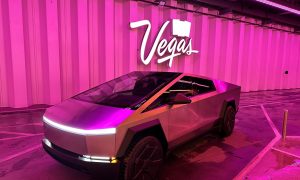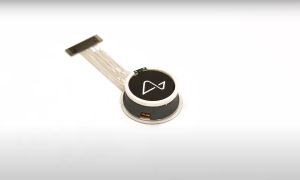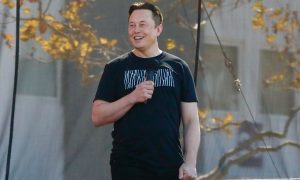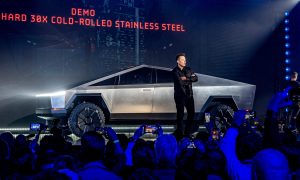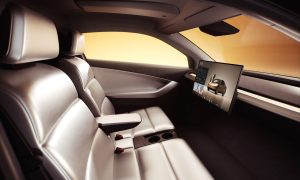News
Calling all Tesla Supercharger abusers: Don’t ruin it for the rest of us
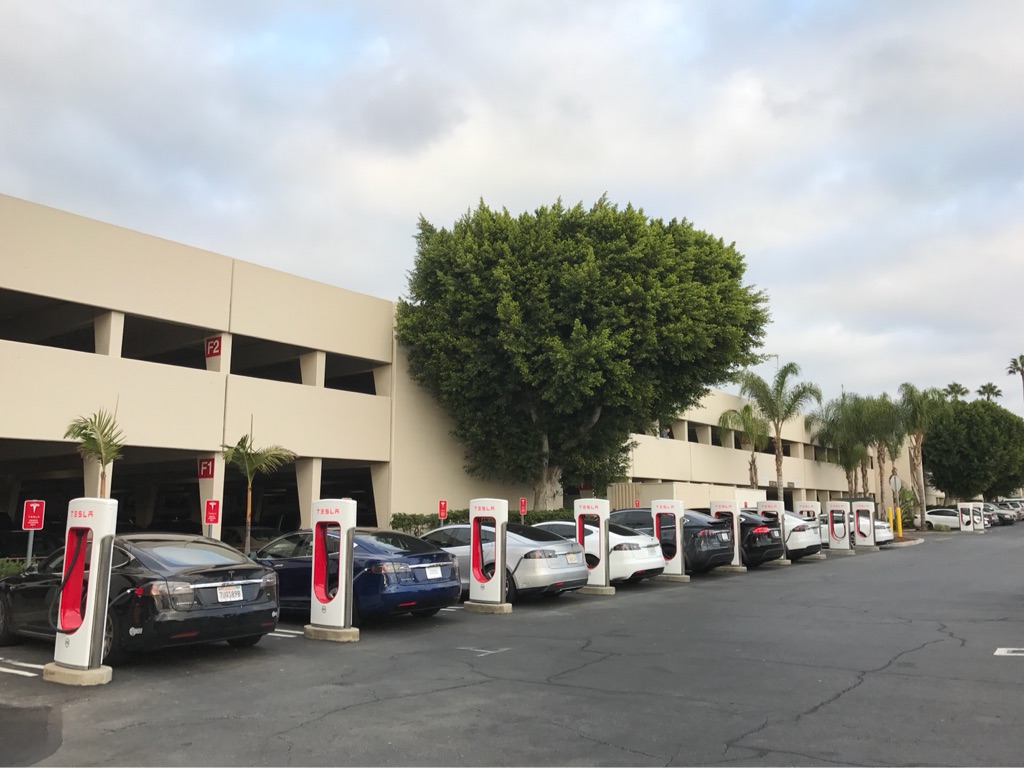
Full house at newly opened Santa Ana, Calif. Supercharger [Credit: achen]
Model S owner and French entrepreneur, Loic Le Meur, reached out to Elon Musk on Twitter yesterday to bring to light something Tesla and its driver have been struggling to curtail – Supercharger abuse. In this particular instance, Le Meur reports abuse taking place at the popular San Mateo Supercharger station in Silicon Valley, which apparently has become home to an increasing number of Tesla owners that use Supercharger stalls as parking spaces, without charging.
Musk quickly replied back with acknowledgement of the growing “issue”, further adding that Tesla “will take action”.
You're right, this is becoming an issue. Supercharger spots are meant for charging, not parking. Will take action.
— Elon Musk (@elonmusk) December 11, 2016
California has more electric cars than any other US state with Silicon Valley leading the way in terms of EV density. According to the Center for Sustainable Energy, 7 out of every 1000 cars registered in the tech. hub area are electric so it’s not surprising the often crowded Supercharger facility in San Mateo is heavily utilized.
What can Tesla do about Supercharger abuse?
What sort of action might Elon have in mind? Tesla could begin with friendly persuasion, a tactic the company adopted 18 months ago when it sent an e-mail to Model S owners identified by the company as abusing their Supercharger privileges. “The Supercharger Network’s intent remains to expand and enhance your long distance travel while providing the flexibility for occasional needed use during local trips. Our goal is to provide the best charging experience, keeping charge times low to get you back on the road as quickly as possible. As a frequent user of local Superchargers, we ask that you decrease your local Supercharging and promptly move your Model S once charging is complete….”
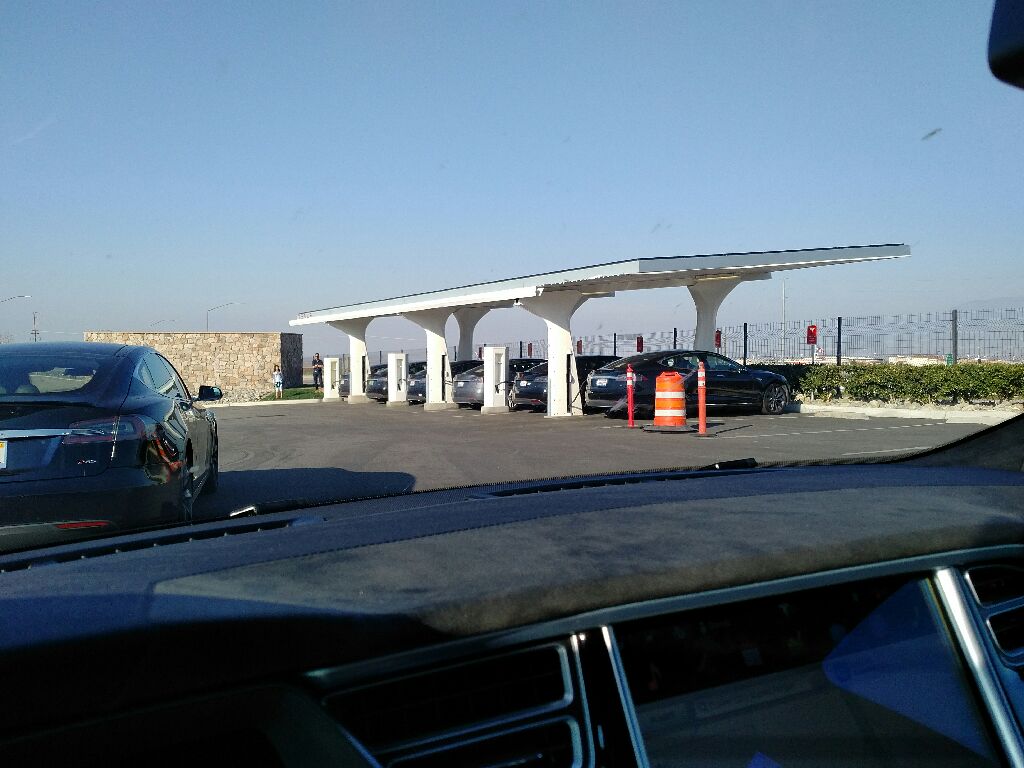
Line for charging at the Tejon Ranch Supercharger [Credit: EVA_2015]
In June, Electric Jen proposed five strategies for alleviating Supercharger congestion, including dedicated express chargers with clear time limits, valet services, publishing peak usage times so people could plan their charging times more efficiently, upgrading the Tesla in-car navigation program to notify others when a car is waiting to charge, or simply building more Superchargers. With regard to that last point, Tesla is aggressively adding to the number of Supercharger locations both in the US and around the world as it prepares for the the time when production of the Model 3 begins.
Tesla has already begun staffing valet attendants at the busy San Mateo Supercharger during known busy travel weekends. They enforce a 30-minute stay time while charging. Though this approach isn’t necessarily scalable, the company can just as easily enforce a time limit for free charging. After 30-minutes of being plugged in or once the vehicle has reached a 90-100% state of charge, the vehicle owner would incur a time-based or flat rate fee.
Being billed for Supercharger use via ‘credits’ is something that the company is already planning for and could extend to preventing Supercharger abuse. “For Teslas ordered after January 1, 2017, 400 kWh of free Supercharging credits (roughly 1,000 miles) will be included annually so that all owners can continue to enjoy free Supercharging during travel. Beyond that, there will be a small fee to Supercharge which will be charged incrementally and cost less than the price of filling up a comparable gas car. All cars will continue to come standard with the onboard hardware required for Supercharging.”, said Tesla through its blog post.
Also, as Tesla’s Full Self-Driving Capability begins to take shape, the company could automatically disconnect any car that has more than a 90% charge using its automated snake-bot charging system and have the vehicle drive itself to an open parking space.
While we wait on Tesla to come up with a means to deter Supercharger abuse, we’re making this open call to all existing abusers: Don’t be an EVhole and ruin it for the rest of us.
News
Tesla posts Optimus’ most impressive video demonstration yet
The humanoid robot was able to complete all the tasks through a single neural network.
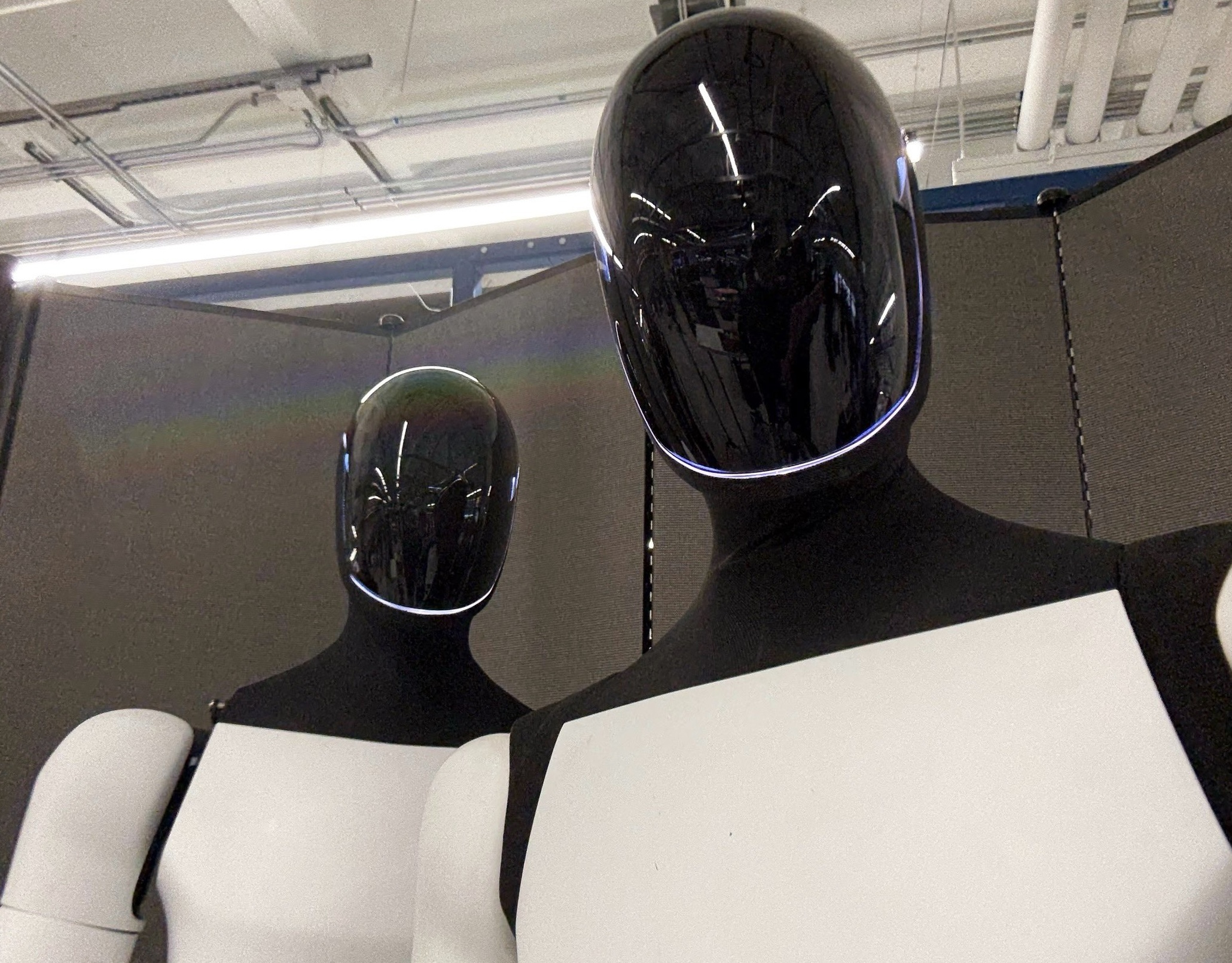
When Elon Musk spoke with CNBC’s David Faber in an interview at Giga Texas, he reiterated the idea that Optimus will be one of Tesla’s biggest products. Seemingly to highlight the CEO’s point, the official Tesla Optimus account on social media platform X shared what could very well be the most impressive demonstration of the humanoid robot’s capabilities to date.
Optimus’ Newest Demonstration
In its recent video demonstration, the Tesla Optimus team featured the humanoid robot performing a variety of tasks. These include household chores such as throwing the trash, using a broom and a vacuum cleaner, tearing a paper towel, stirring a pot of food, opening a cabinet, and closing a curtain, among others. The video also featured Optimus picking up a Model X fore link and placing it on a dolly.
What was most notable in the Tesla Optimus team’s demonstration was the fact that the humanoid robot was able to complete all the tasks through a single neural network. The robot’s actions were also learned directly from Optimus being fed data from first-person videos of humans performing similar tasks. This system should pave the way for Optimus to learn and refine new skills quickly and reliably.
Tesla VP for Optimus Shares Insight
In a follow-up post on X, Tesla Vice President of Optimus (Tesla Bot) Milan Kovac stated that one of the team’s goals is to have Optimus learn straight from internet videos of humans performing tasks, including footage captured in third person or by random cameras.
“We recently had a significant breakthrough along that journey, and can now transfer a big chunk of the learning directly from human videos to the bots (1st person views for now). This allows us to bootstrap new tasks much faster compared to teleoperated bot data alone (heavier operationally).
“Many new skills are emerging through this process, are called for via natural language (voice/text), and are run by a single neural network on the bot (multi-tasking). Next: expand to 3rd person video transfer (aka random internet), and push reliability via self-play (RL) in the real-, and/or synthetic- (sim / world models) world,” Kovac wrote in his post on X.
News
Starship Flight 9 nears as SpaceX’s Starbase becomes a Texan City
SpaceX’s launch site is officially incorporated as Starbase, TX. Starship Flight 9 could launch on May 27, 2025.
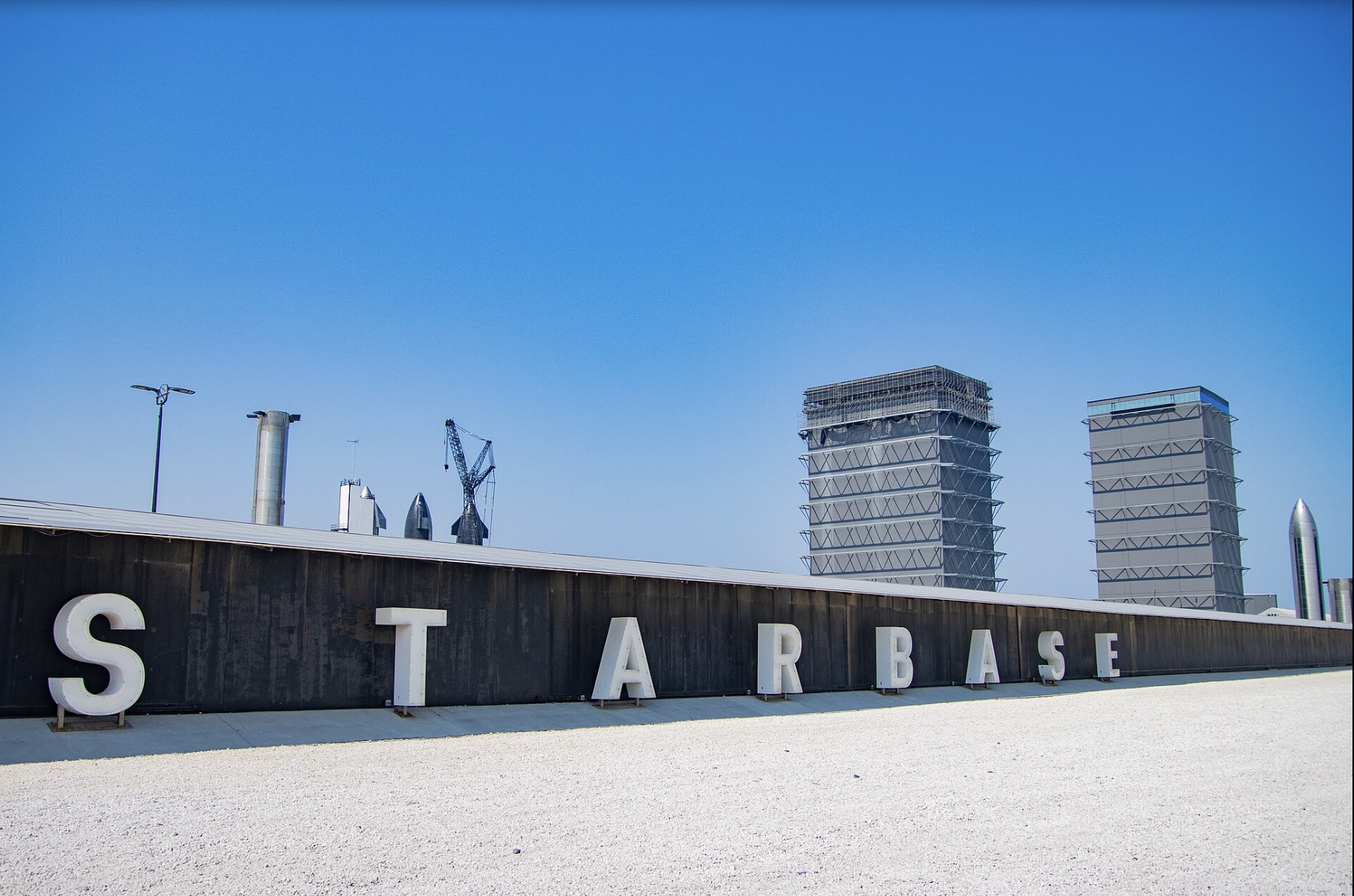
SpaceX’s Starbase is officially incorporated as a city in Texas, aligning with preparations for Starship Flight 9. The newly formed city in Cameron County serves as the heart of SpaceX’s Starship program.
Starbase City spans 1.5 square miles, encompassing SpaceX’s launch facility and company-owned land. A near-unanimous vote by residents, who were mostly SpaceX employees, led to its incorporation. SpaceX’s Vice President of Test and Launch, Bobby Peden, was elected mayor of Starbase. The new Texas city also has two SpaceX employees as commissioners. All Starbase officials will serve two-year terms unless extended to four by voters.
As the new city takes shape, SpaceX is preparing for the Starship Flight 9 launch, which is tentatively scheduled for May 27, 2025, at 6:30 PM CDT from Starbase, Texas.
SpaceX secured Federal Aviation Administration (FAA) approval for up to 25 annual Starship and Super Heavy launches from the site. However, the FAA emphasized that “there are other licensing requirements still to be completed,” including policy, safety, and environmental reviews.
On May 15, the FAA noted SpaceX updated its launch license for Flight 9, but added: “SpaceX may not launch until the FAA either closes the Starship Flight 8 mishap investigation or makes a return to flight determination. The FAA is reviewing the mishap report SpaceX submitted on May 14.”
Proposed Texas legislation could empower Starbase officials to close local highways and restrict Boca Chica Beach access during launches. Cameron County Judge Eddie Trevino, Jr., opposes the Texas legislation, insisting beach access remain under county control. This tension highlights the balance between SpaceX’s ambitions and local interests.
Starbase’s incorporation strengthens SpaceX’s operational base as it gears up for Starship Flight 9, a critical step in its mission to revolutionize space travel. With growing infrastructure and regulatory hurdles in focus, Starbase is poised to become a cornerstone of SpaceX’s vision, blending community development with cutting-edge aerospace innovation.
News
The Boring Company accelerates Vegas Loop expansion plans
The Boring Company clears fire safety delays, paving the way to accelerating its Vegas Loop expansion plans.
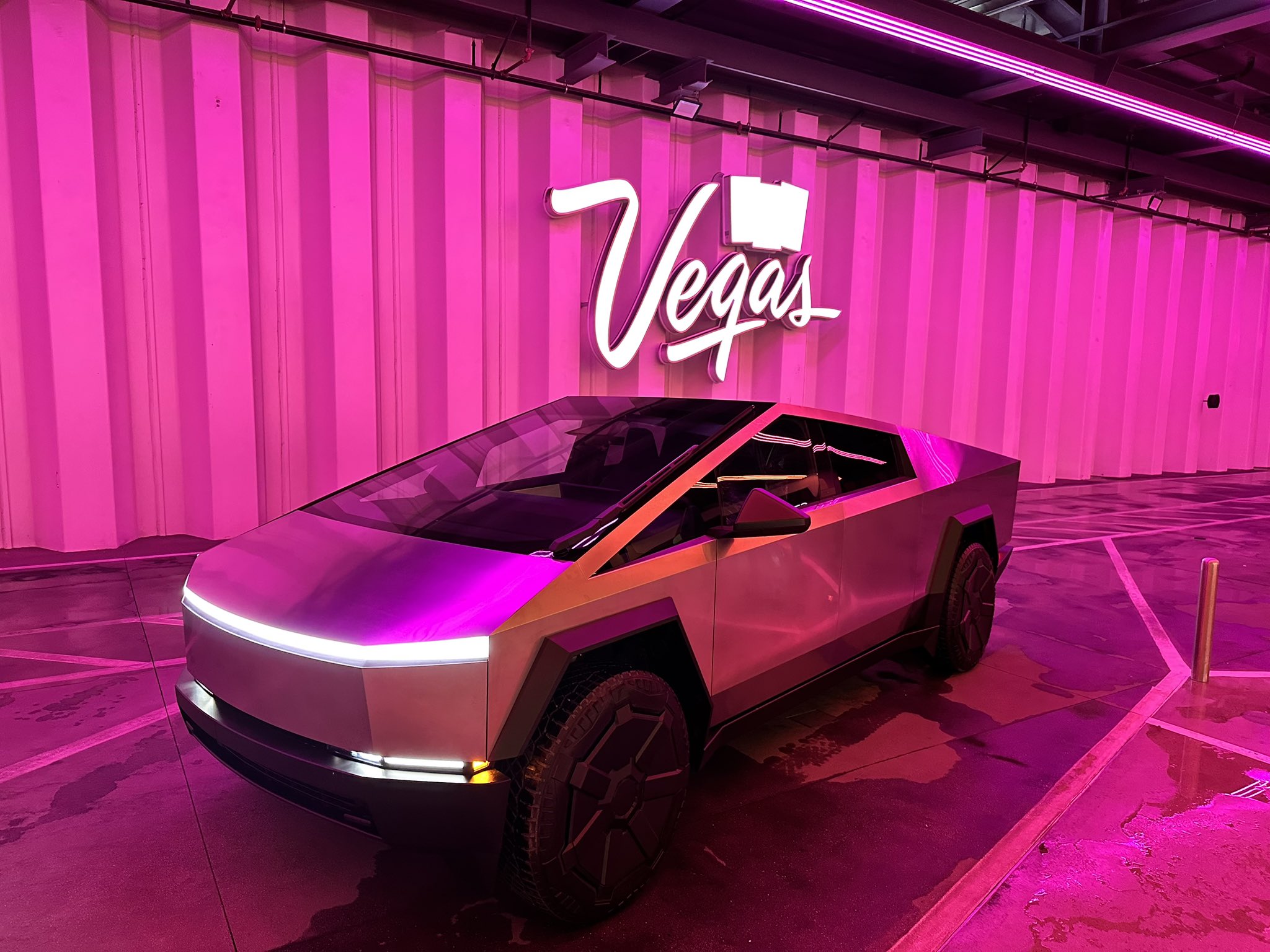
After overcoming fire safety hurdles, the Boring Company is accelerating its Vegas Loop expansion. The project’s progress signals a transformative boost for Sin City’s transportation and tourism.
Elon Musk’s tunneling company, along with The Las Vegas Convention and Visitors Authority (LVCVA) and Clark County, resolved fire safety concerns that delayed new stations.
“It’s new. It’s taken a little time to figure out what the standard should be,” said Steve Hill, LVCVA President and CEO, during last week’s board meeting. “We’ve gotten there. We’re excited about that. We’re ready to expand further, faster, than we have.”
Last month, the company submitted permits for tunnel extensions connecting Encore to a parcel of land owned by Wynn and Caesars Palace. The three tunnels are valued at $600,000 based on country records.
Plans for a Tropicana Loop are also advancing, linking UNLV to MGM Grand, T-Mobile Arena, Allegiant Stadium, Mandalay Bay, and the upcoming Athletics’ ballpark. Downtown extensions from the convention center to the Strat, Fremont Street Experience, and Circa’s Garage Mahal are also in the permitting process.
“Those are all in process,” Hill noted. “We’ve got machines that are available to be put in the ground. I think we’ve reached a framework for how these projects are going to work and how they’ll be permitted from a safety standpoint, as well as a building standpoint.”
The Boring Company has six boring machines, with three currently active in Las Vegas. Last week, TBC announced that it successfully mined continuously in a Zero-People-in-Tunnel (ZPIT) configuration, enabling it to build more tunnels faster, safer, and at a more affordable rate.
Tunneling under Paradise Road is underway as The Boring Company works on the University Center Loop. The University Center Loop is expected to connect to the Las Vegas Convention Center within two months, linking to the Westgate tunnel. The full Vegas Loop will span 104 stations and 68 miles. Even though The Boring Company’s tunnel network in Las Vegas isn’t nearly finished, it has already become a key attraction in the city.
“It’s such a great attraction for shows that are looking at this building (convention center) and we’re going to be connected to everybody in town,” Hill said. “It’s a real difference-maker.”
A few Vegas Loop stations are already operational, including those connected to Resorts World, Westgate, Encore, and all the Las Vegas Convention Center Loop stations. The Downtown Loop, which connects to the downtown area, and the Riviera Station, the hub that leads to Resorts World with Westgate destinations, are also operational.
As The Boring Company accelerates the Vegas Loop, its tunnels are poised to redefine mobility and tourism in Las Vegas, blending cutting-edge technology with practical urban solutions.
-
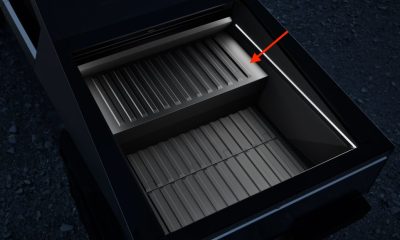
 News2 weeks ago
News2 weeks agoTesla Cybertruck Range Extender gets canceled
-
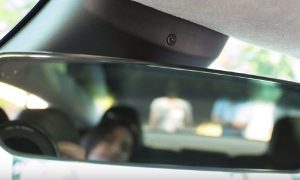
 Elon Musk6 days ago
Elon Musk6 days agoTesla seems to have fixed one of Full Self-Driving’s most annoying features
-
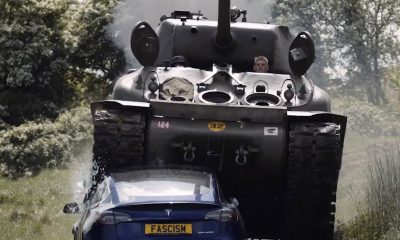
 Lifestyle2 weeks ago
Lifestyle2 weeks agoAnti-Elon Musk group crushes Tesla Model 3 with Sherman tank–with unexpected results
-
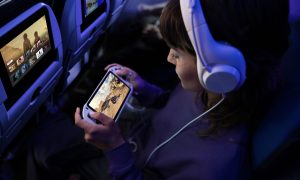
 News2 weeks ago
News2 weeks agoStarlink to launch on United Airlines planes by May 15
-

 News2 weeks ago
News2 weeks agoTesla Semi gets new adoptee in latest sighting
-

 News2 weeks ago
News2 weeks agoTesla launches its most inexpensive trim of new Model Y
-
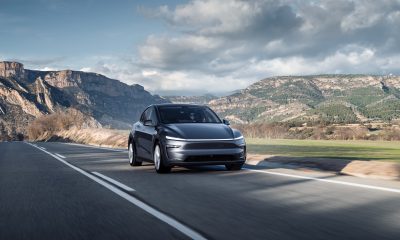
 News2 weeks ago
News2 weeks agoUS’ base Tesla Model Y has an edge vs Shanghai and Berlin’s entry-level Model Ys
-

 News2 weeks ago
News2 weeks agoTesla Cybertruck owners get amazing year-long freebie


